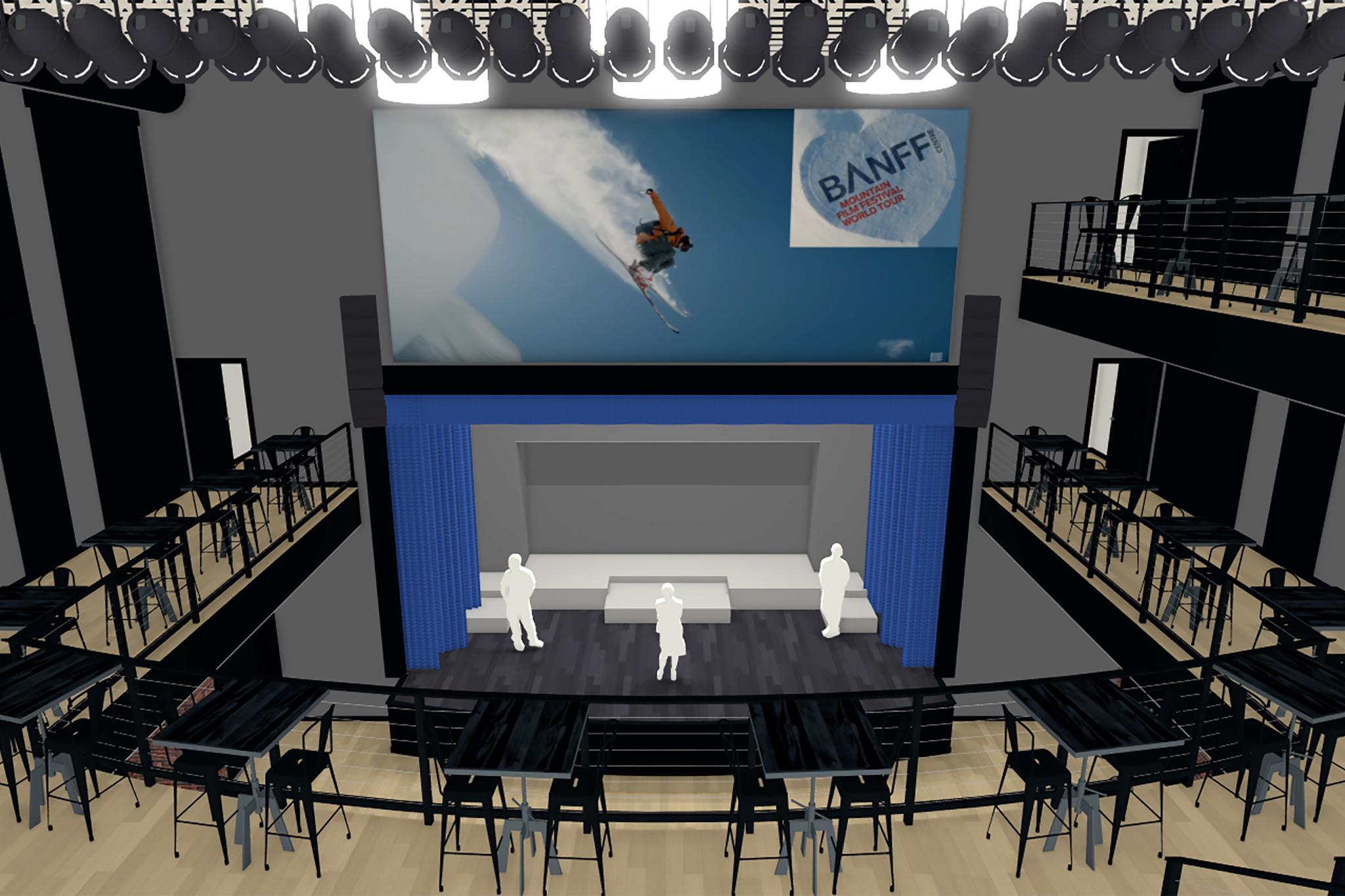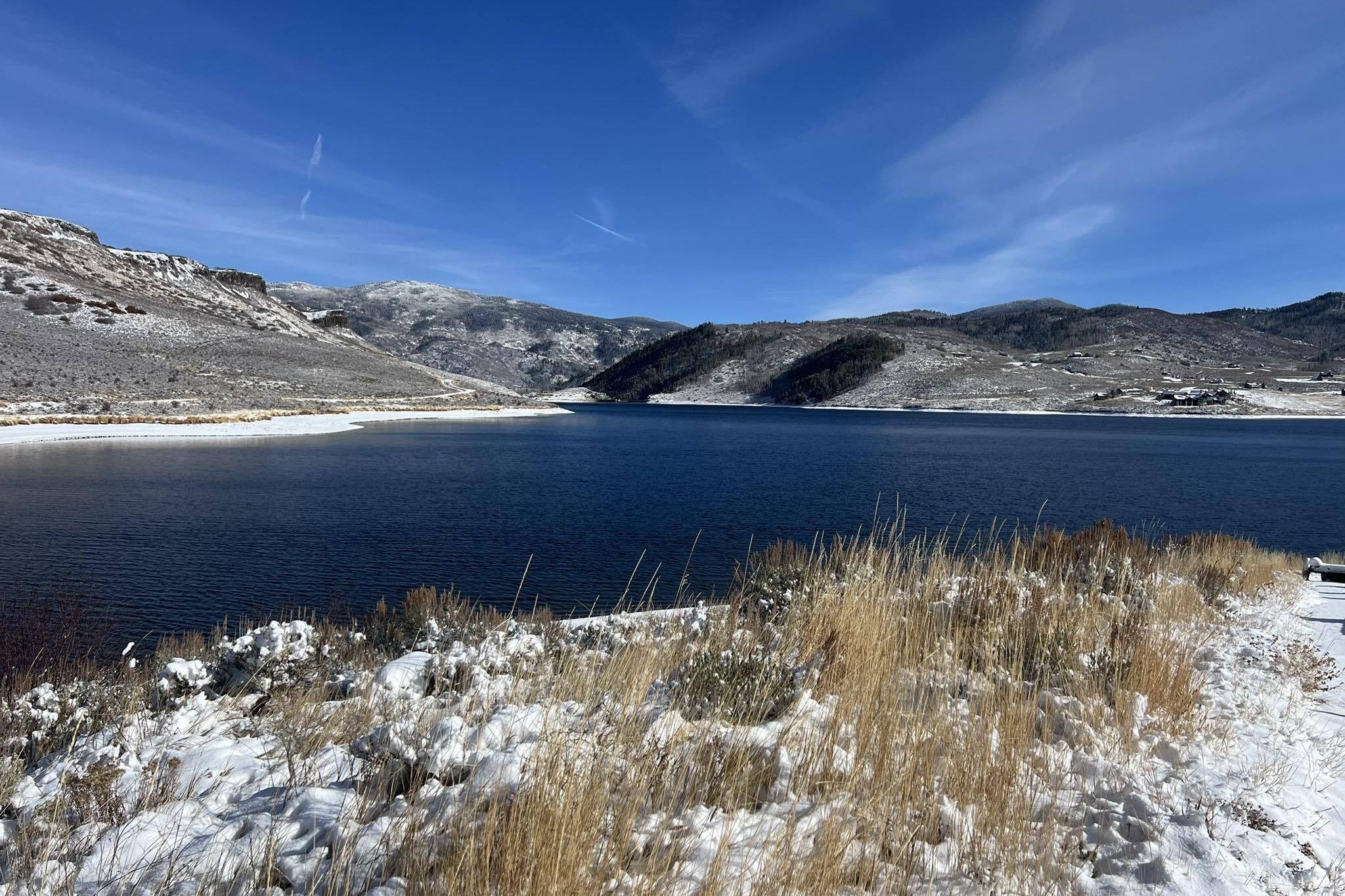
Utility bills in Colorado Springs are likely to keep going up. The average homeowner’s cost has recently grown by about $9 a month to cover rising fuel prices. Now the city-owned Colorado Springs Utilities, which handles power, gas, water and sewer, is about to ask for another type of increase called a base rate increase. That’s to cover billions of dollars in new infrastructure.
The utility currently owns and maintains about $5 billion worth of infrastructure built during its 100-year history. According to a utility official, the base rate increase is necessary because the next five years bring an unprecedented need for upgrades and expansion, with capital project costs increasing to $600 to $950 million annually, from the more typical $150 million to $250 million annual investments of the past decade.
Colorado Springs Utilities customers have seen base rate increases annually for most of the past decade, except in 2022.
City Council will hold a public hearing about the base rates and budget during its regular meeting on Tuesday, Oct. 22. Following the hearing they’ll discuss possible changes and the final vote on adopting the resolution is expected next month. If adopted, the new base rates will go into effect on January 1, 2025.
KRCC’s Shanna Lewis spoke with Colorado Springs’ Utilities Chief Financial Officer Tristan Gearhart about capital projects and the proposed base rate increase.
This interview has been edited for length and clarity.
Why Colorado Springs Utilities expects to build about $3.7 billion in new infrastructure over the next five years
It’s really being driven by three different factors. One is regulatory. From the state, we have the Clean Energy Plan, which requires us to reduce carbon emissions by 80 percent by 2030. That's one factor. We are at the same time trying to make sure that we have a very reliable system for those essential services that we have for our customers, making sure that they can count on their electricity, gas, water and wastewater.
And finally, just the overall growth of Colorado Springs that we continue to see. Those three factors really do lead into the billions of dollars (in capital projects) that we're needing to do by the year 2030. This is probably not 100 percent down to the penny, but essentially it breaks out almost a third for each of those categories (regulatory, reliability, and growth)
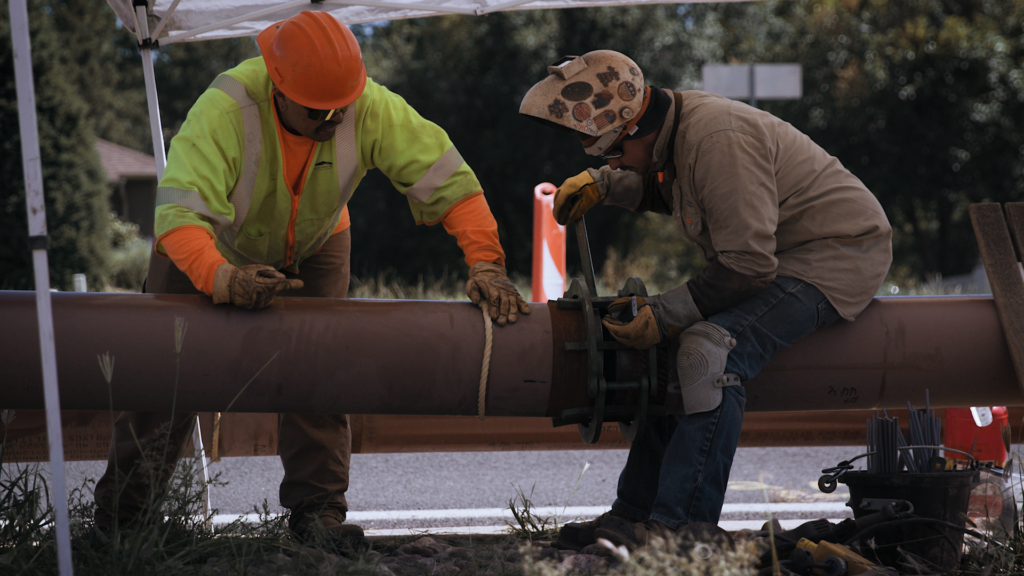
Dozens of projects are planned or already in the works. One of the largest is the Eastern Wastewater System Expansion with a total cost of nearly $400 million. Is this going to serve existing customers or is it for expected growth?
The Eastern Wastewater project will allow us to move wastewater from the eastern growth side of town to the Las Vegas wastewater treatment plant. We've had the question, “Why not just build a new wastewater treatment plant out in those areas?” Permitting for those types of things is very difficult at this time with PFAS and other regulations that have been coming out, so it's harder and harder to get permits for those types of plants. Also, by being able to move the water on the eastern side of town that is growing to our Las Vegas water treatment plant, we're able to get more from our water rights.
So what that requires is for us to build somewhere around 14 or 15 miles of wastewater pipeline infrastructure to get to Las Vegas from those growth areas. The way that we're setting that up is through base rates right now to be able to recover some of those costs which are spread across all of our customers, but at the same time, there will be recovery agreements for everyone that buys homes in these areas, which means eventually as those areas fill out, there will be additional revenue that comes in and offsets future rates for all of our customers.

Other big projects include enlarging a reservoir in Park County that's part of Colorado Springs Utilities' water infrastructure and building a new electric substation to serve the southeast side of the city. What effects do these huge capital projects have on the day-to-day lives of people in Colorado Springs?
It helps us to be able to have those resources that everyone counts on. The power that we need comes through those substations that ultimately deliver that power to all of our customers. Montgomery Reservoir sits on the Hoosier Pass. It's been serving our community for decades and decades, but in the wettest years, we do have water rights that end up spilling over the reservoir. By enlarging that reservoir, we're able to capture even the wettest year's worth of precipitation to be able to use it for the future growth of our city.
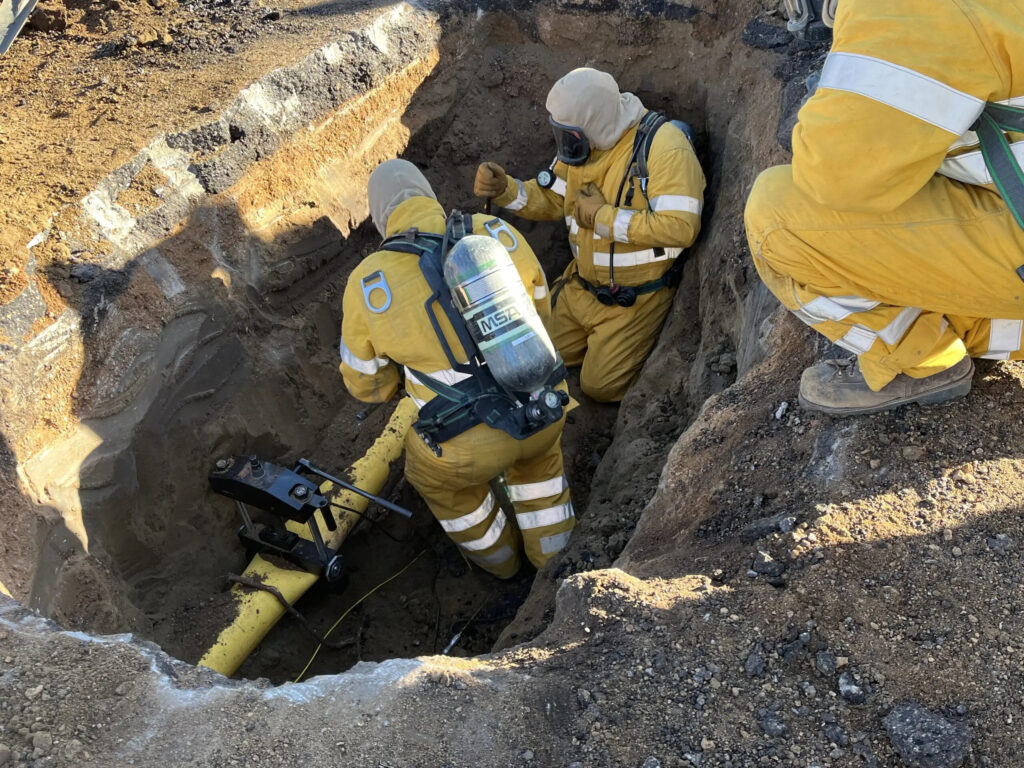
What's going on with natural gas services and also with renewable energy?
We've closed down the Drake power plant and we've replaced that generation with natural gas generators sitting on that site. Those are basically the same GE engines that they use in airplanes and those ramp up very fast. So as we see the need for electricity with those natural gas generators, we're able to meet that load and they tie very well to renewables. Regarding solar, as you approach night and the sun starts to go down, you need something to back that up and that's part of our plan as we reach out over this next five-year window as well. In addition to the natural gas generation, we're looking to see if we can do purchase power agreements for renewables, wind, solar and battery.
If city council approves the new base rates for the next five years they go into effect on January 1. Is there a guarantee that they won't change and go up again during that time, even if there are some unexpected increases in project costs?

We have definitely looked at our budgets as closely as we can going into this five-year window. Part of that was to be as transparent as we can with our customers. We know for the next five years that we have over $3 billion worth of assets that we need to put in place, and we've tried to make sure that we can get the best estimates that we have inside of that. If costs were to go up in a major way there would be additional pressure, but we would look at ways that we could see what could be deferred outside of this five-year window and other ways to mitigate and prioritize costs.
We know that we're asking a lot from the community and from our customers with the five years worth of (base) rate increases and going beyond that is not something that we are looking to or want to do. It would take some very major changes at this point that would drive us beyond that.
One of the things that definitely gives me some pause as the CFO of the organization is continued change in regulation. We've planned everything based on our plans with the state with an 80 percent reduction in carbon by 2030. If that were to change to net zero carbon emissions by 2040, there is the potential for additional costs that could come in and we would have to see how we would handle those if that was the case.
As a city-operated utility, there aren't shareholders looking to make a profit, but a lot of folks feel like they're paying for the infrastructure for new development. Are they?
That's always been part of the case as Colorado Springs has grown, and it's grown greatly over its existence. We're in the 100th year of service for Colorado Springs Utilities. Over that time, customers have paid for water system improvements. When it was decided that the Air Force Academy would be in Colorado Springs, there was a great deal of water infrastructure that needed to be funded at that time. Our customers paid for that growth through their base rates over time, in addition to developers also paying a portion through water tap fees and other fees that we have that are specific to growth. So we can look and see where the cost comes from and we can see direct ties back to growth and development. We try to find those as best we can and go through different mechanisms than base rates, but it's always a balance inside of those things.
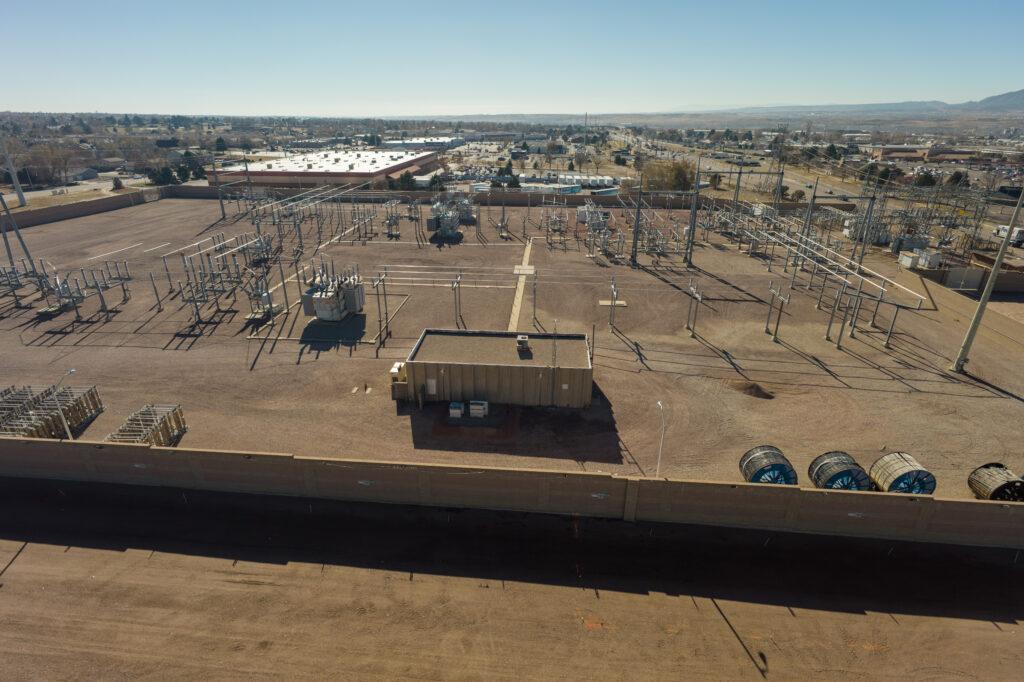
If the new base rates are approved, how will the average residential rate payer’s bills change during the course of the next five years and especially when they're combined with the fuel rate increases?
We saw the $9 for the fuel rate increase that has gone into effect (on October 1). On top of that on January 1st, we expect about $14 a month for a customer. It would be the increase in base rates that grows from somewhere around $14 up to about $18 in the fifth year. So at the end of the five-year period for base rates, what we anticipate is about $85 a month higher when compared to 2024.
We know that's a significant amount when you look at four different utilities that our customers are getting from Colorado Springs Utilities. If you were in any other community, you might have two or three different bills where you were seeing increases, (but here) it's all concentrated onto our one bill that is there and we're sensitive to that for our customers.
There are people who may struggle to pay the increasing utility costs. What do you say to them?
I feel for everyone in that situation. One of the things I want them to know is as an organization we are trying to find efficiencies. If there's something that we can push outside of this five-year window, we're going to do that, knowing that there are going to be customers who struggle to be able to handle these rate increases.
We do have Project COPE through the Colorado Springs Utilities Foundation. We have funding that comes through from both our organization and people who charitably give to help directly with utility bills. If you're in a situation where you're struggling to pay your utility bill, please reach out to the utilities and inquire about COPE and see if it's something that could help you.
- Controversial Colorado Springs water service extension ordinance moves forward
- How water in Southern Colorado’s rivers gets divvied up before crossing state lines
- The Colorado Springs Utilities Board opposes Aurora's recent purchase of water rights in Otero County
- Xcel Energy's plan to replace state’s biggest coal plant could start with renewables and gas — and maybe end with nuclear
- Demolition on the Martin Drake Power Plant in Colorado Springs will begin this summer





